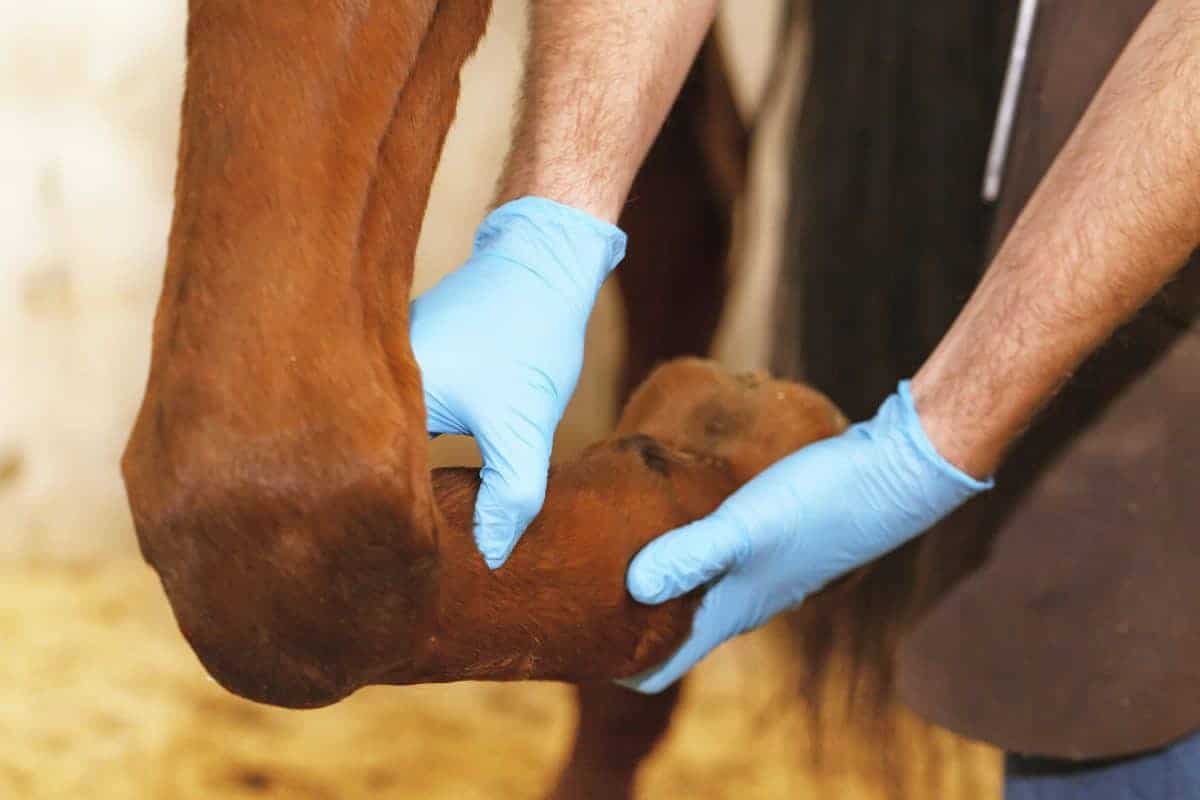Vet Essentials: All about equine muscles

Our series Vet Essentials takes a look at some of the common health issues affecting horses. In this companion article to the episode ‘Care of the competition horse’ we take a detailed look at equine muscles.
Horses have evolved over millions of years to become a very athletic species. They have elongated limbs with little fleshy coverage which act as lightweight but strong levers that propel the body efficiently across the ground. Their power comes from the muscle groups covering the fore and hindquarters stabilised by the muscles of the trunk and the neck.
Understanding muscle
Equine muscles range in size and function throughout the body: from the huge powerhouse muscles of the hindquarters to the tiny but precise structures that control the movement of an eyeball or the opening of the larynx at full exercise.
Regardless of size, each muscle is given an anatomic name although it is also common to describe groups of muscles that work together to produce a single function e.g. the ‘gluteals’ or the ‘quadriceps’.
Each muscle bundle is surrounded by connective tissue that separates it from its neighbours and is made up of many thousands of muscle fibres – each representing one specialised elongated cell. These muscle fibres contain fibrils made of protein that contract to shorten the muscle. This process requires a constant supply of energy manufactured in the muscle cells themselves from oxygen and glucose in the bloodstream. Muscles require a huge blood supply which is why the function of the muscular respiratory and circulatory systems are inextricably linked.
Movement of the limbs is created by this shortening of muscle proteins creating a ‘pull’ on the fibrous extension of the muscle body the tendon. Tendons are incredible strong and elastic structures that are attached to the bones of the limbs and trunk: moving the limbs or giving postural support.
To read more about equine muscles, click here.
Vet Essentials: Care of the competition horse is brought to you in association with Equitop Myoplast. Watch the series here.






